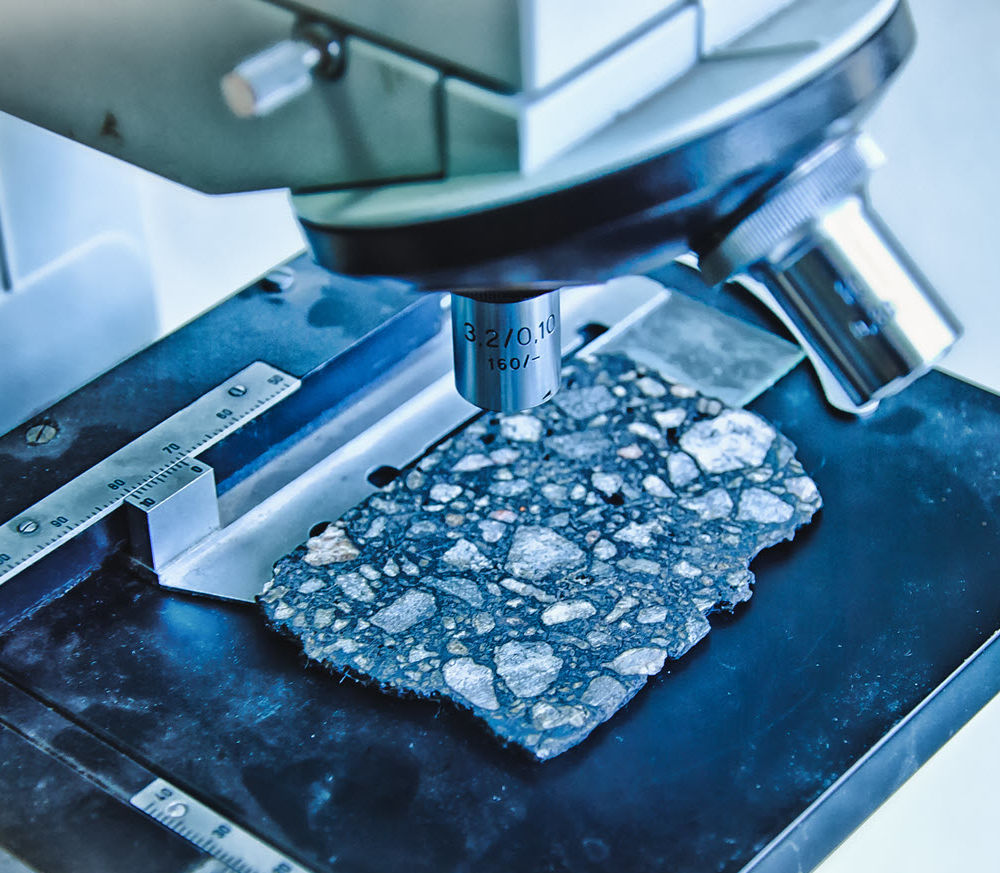Applications to Materials Selection
Calculate the following as a function of material chemistry and temperature:
Application Examples
Predicting Thermal Expansion Coefficients for Dissimilar Joints
When joining materials, mismatches in the coefficients of thermal expansion (CTE) can cause high levels of internal stress or even failure in service. This can be mitigated by using an interlayer of a material that has a CTE value in between the materials to be joined. Handbooks typically only provide data for a limited amount of nominal chemistries, and also cannot predict properties for novel materials. Some properties, like the CTE, can also vary as a function of temperature, which is not always captured in the literature. Since Thermo-Calc predicts the chemistry and temperature dependence of molar volume in multicomponent systems, the CTE, or even just the absolute volume change, can be calculated when data cannot be found otherwise.
The plot shows the comparison of the coefficient of the thermal expansion for cast iron, alloy 625 and 304L stainless steel, as calculated in Thermo-Calc. As can be seen, the CTE of alloy 625 falls between the other two, making it a good candidate for an interlayer.



